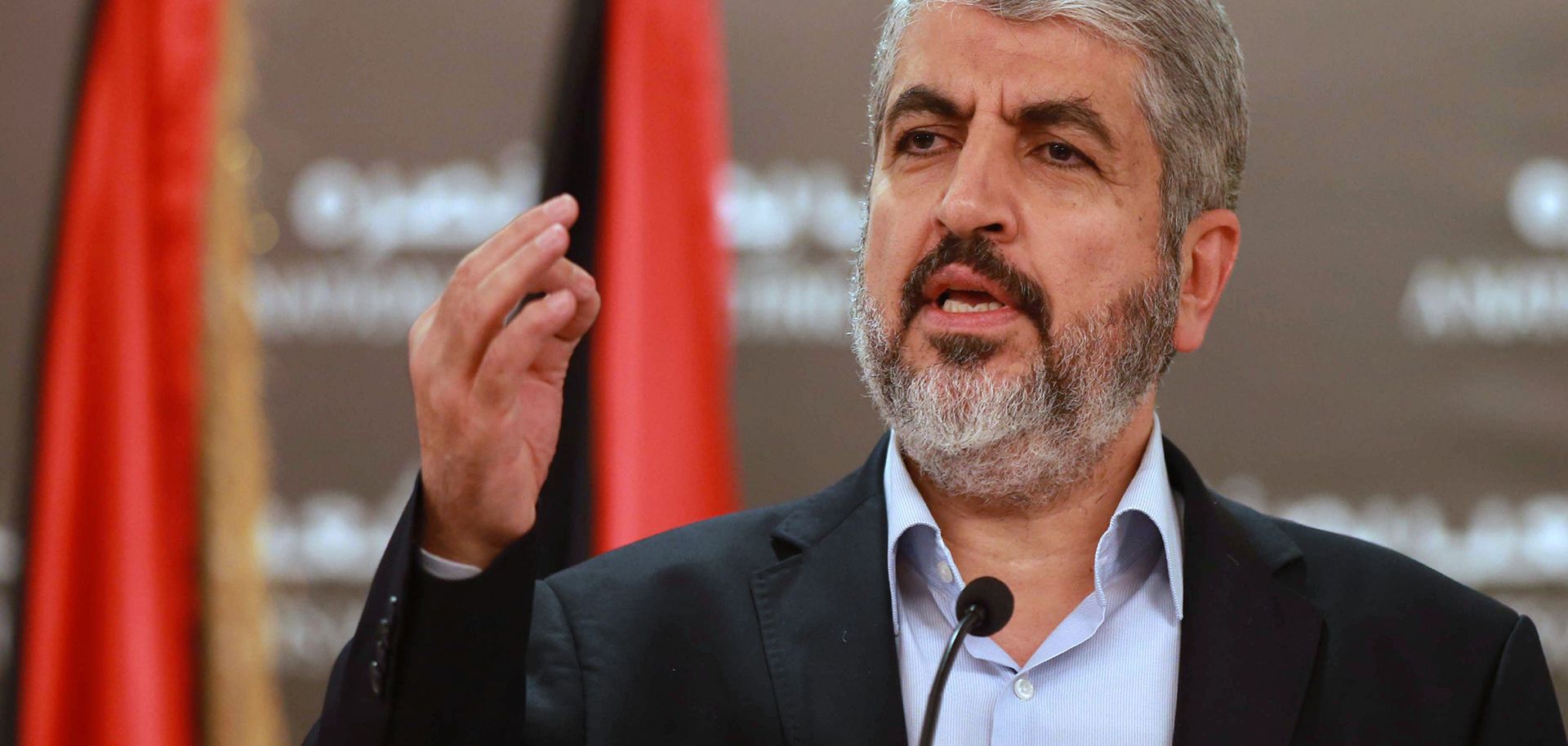ASSESSMENTS
Gaza Truce Shows Signs of Holding, for Now
Aug 29, 2014 | 18:09 GMT

(KARIM JAAFAR/AFP/Getty Images)
Summary
After at least eight temporary cease-fires and 50 days of conflict, Operation Protective Edge appears to have come to an end with an Aug. 26 open-ended cease-fire. The terms are similar to those of the agreements that ended Operation Cast Lead in 2009 and Operation Pillar of Defense in 2012. Several important issues, especially Israeli demands to demilitarize the Gaza Strip, remain unaddressed, and negotiations will continue into the coming months, likely with few substantial breakthroughs.
Key differences suggest a new status quo on the ground in the Gaza Strip. Israel has indicated it is willing to accept Palestinian Authority administration of the Gaza Strip, so long as it is closely monitored by Egyptian and Israeli security services. Hamas and Fatah will now be able to restart negotiations on a unity government. The subordination of Hamas under the more moderate Fatah party creates a political structure favorable to stability — and therefore to Israeli interests — and a stronger peace deal. Ultimately, this new agreement is not a huge change, but the Israelis can accept it for now with the comfort that the Palestinian Authority will be more moderate. Israel knows that demilitarizing the Gaza Strip is an elusive goal, but the new Palestinian dynamics will limit Hamas' influence within the Gaza Strip and make the renewed cease-fire sustainable, at least for the short term. For Hamas' part, it can pursue its unity government, which ensures its survival. The cease-fire will work as a temporary solution but will not end the recurring pattern of Israel-Gaza violence.
Subscribe Now
SubscribeAlready have an account?
